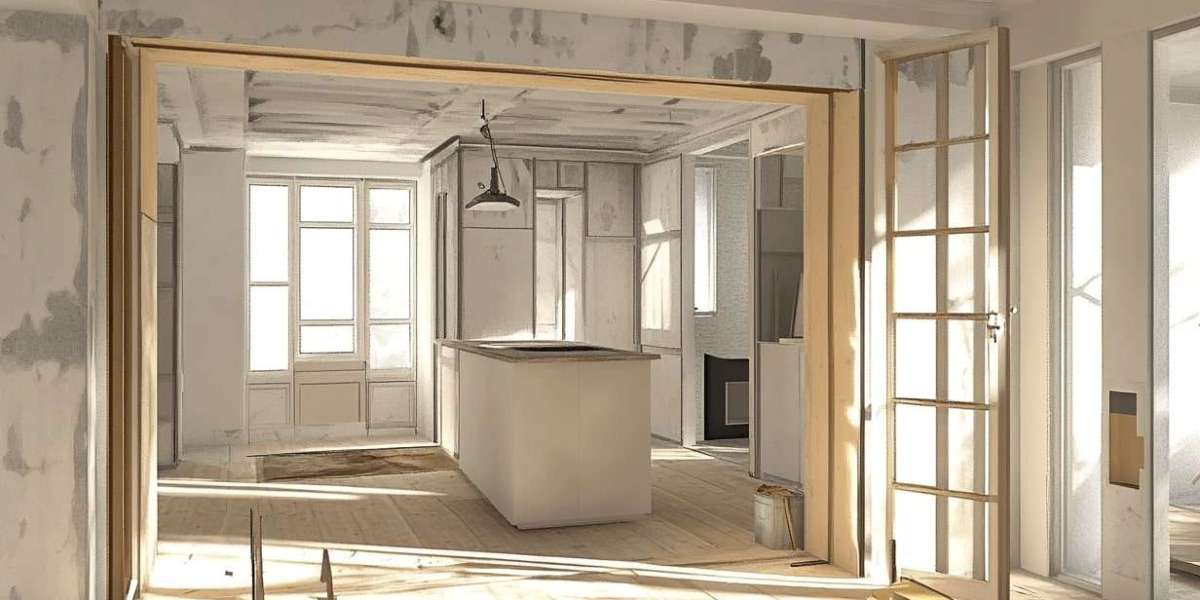At Redo UAE, we believe that creating a beautiful, functional space doesn’t have to come at the expense of the planet. Sustainable furniture has become more than a trend — it’s a necessity. But beyond simply being "eco-friendly," understanding the best materials for sustainable furniture helps you make informed choices that last longer, reduce waste, and support global environmental efforts. Whether you’re redesigning a home or overseeing a commercial project that includes lighting installation and interior decor, the materials you choose make a real difference.
Why Sustainable Furniture Materials Matter
Sustainable materials aren’t just about using fewer resources; they’re about longevity, environmental impact, and health. Fast furniture may be cheap and convenient, but it contributes heavily to landfill waste and pollution. By choosing responsibly sourced and renewable materials, you not only reduce your carbon footprint but also invest in furniture that will last for years and age beautifully. Sustainable pieces are often designed with timeless aesthetics, making them a smart long-term investment for both homes and businesses.
The Best Sustainable Furniture Materials
1. Reclaimed Wood
Reclaimed wood is a top choice for eco-friendly furniture. It gives new life to timber sourced from old buildings, barns, and factories, reducing deforestation and preserving forests. Each piece is unique, full of character, and often more durable than new wood. Using reclaimed wood helps minimize waste and adds a rustic or industrial charm to interiors.
2. Bamboo
Bamboo is one of the fastest-growing plants on earth, making it a highly renewable resource. It’s lightweight, strong, and versatile, suitable for everything from chairs to cabinetry. Bamboo furniture is naturally resistant to pests and doesn’t require harmful chemicals during processing, making it an excellent eco-friendly option.
3. Recycled Metal
Aluminum, steel, and iron can all be recycled and reused for furniture. Recycled metal requires significantly less energy to produce compared to new metals, and it’s incredibly durable. It pairs well with wood and glass for a modern, industrial aesthetic and is often used in both indoor and outdoor furniture.
4. Cork
Cork is harvested from the bark of cork oak trees without damaging the tree itself, allowing it to regenerate naturally. It’s lightweight, antimicrobial, and water-resistant. Furniture made from cork is both stylish and environmentally responsible, ideal for contemporary spaces.
5. Hemp
Hemp fabric and composites are becoming increasingly popular in sustainable furniture manufacturing. Hemp grows quickly, requires minimal water, and doesn’t deplete the soil. It’s used for upholstery, stuffing, and sometimes even in composite board materials, offering strength and longevity.
6. Recycled Plastic
High-quality recycled plastic can be transformed into durable furniture that’s perfect for both indoor and outdoor use. It reduces landfill waste and lessens demand for virgin plastic production, which significantly cuts down on pollution.
How to Identify Truly Sustainable Furniture
Not all furniture labeled "eco-friendly" meets high sustainability standards. Look for certifications such as:
FSC (Forest Stewardship Council) — Ensures wood is sourced responsibly.
Greenguard Certification — Verifies low chemical emissions.
Cradle to Cradle Certification — Indicates products that can be safely reused or recycled.
Additionally, supporting companies that prioritize transparency, ethical manufacturing, and local production — like rdeo — can further reduce environmental impact.
Why It Matters for Homes and Businesses Alike
Whether you’re furnishing a cozy living space or a commercial property that includes lighting installation, the materials you select affect not only the aesthetic and durability of your space but also the health of the environment. Businesses, in particular, have a unique opportunity to showcase corporate responsibility through sustainable choices that resonate with eco-conscious clients and customers.
Conclusion
Choosing sustainable furniture materials isn’t just a feel-good action — it’s a smart, responsible investment in quality, longevity, and the health of our planet. From reclaimed wood and bamboo to recycled metals and plastics, these materials show that style and sustainability can go hand in hand. At rdeo, we encourage mindful decisions that contribute to a better future — one beautiful piece of furniture at a time.







